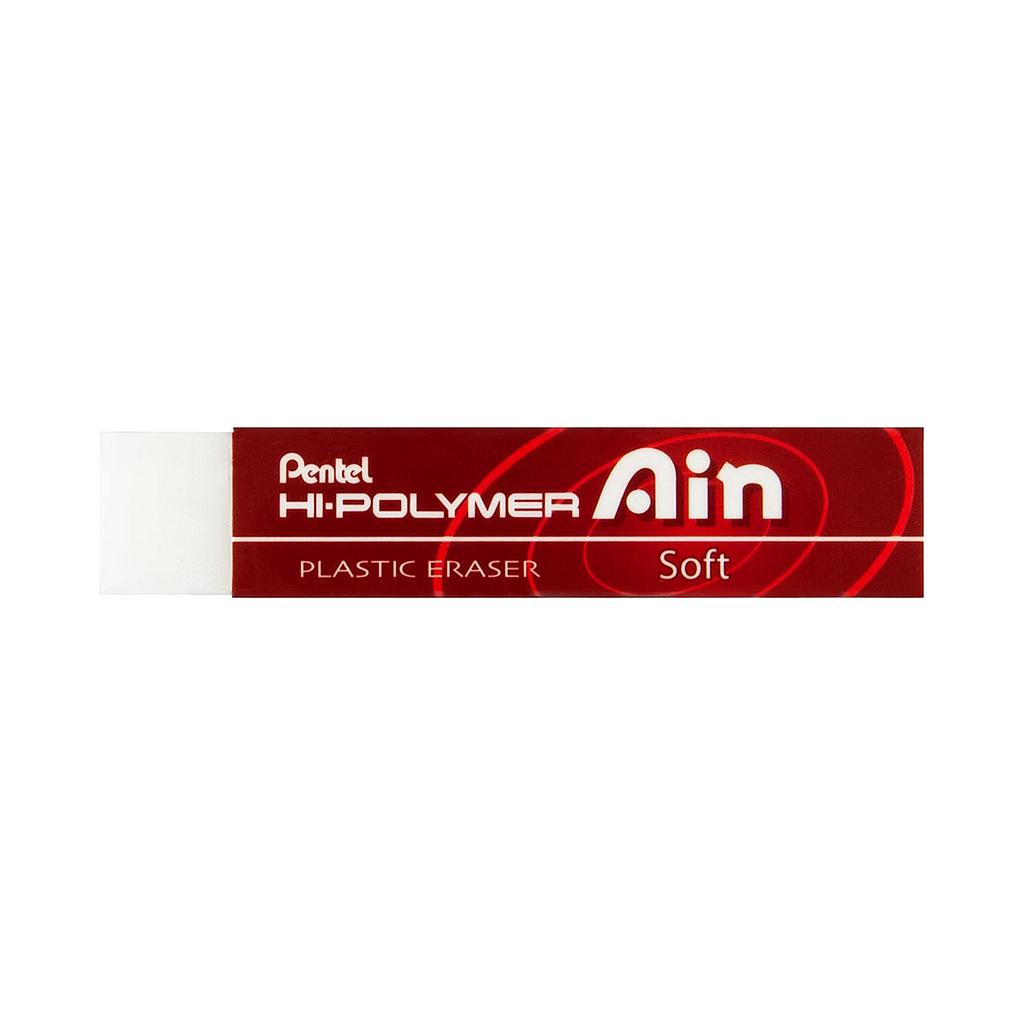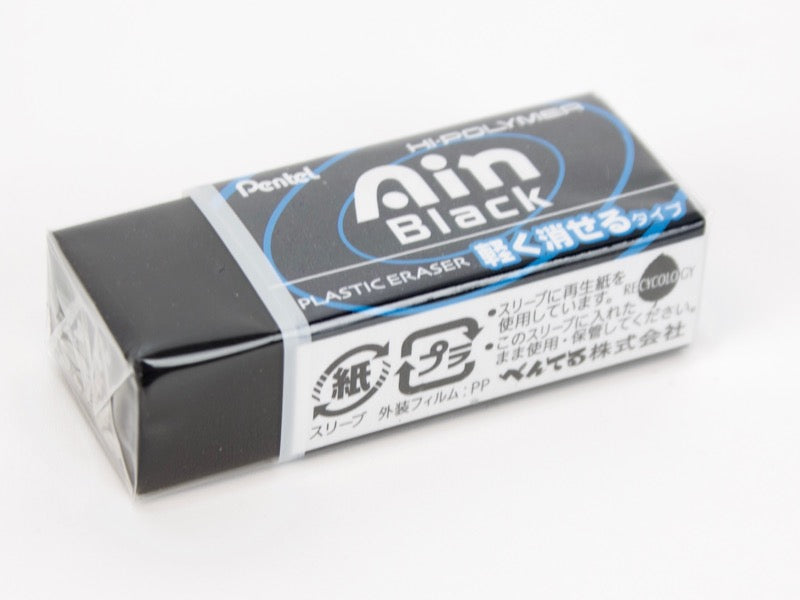Introduction
In the realm of stationery and office supplies, one tool reigns supreme in the realm of erasure: the polymer eraser. Far from a simple rubber-based implement, polymer erasers represent a pinnacle of innovation and technology in the pursuit of precise correction and artistic expression. In this comprehensive exploration, we delve into the intricate world of polymer erasers, uncovering their scientific underpinnings, cultural significance, and future prospects in an ever-evolving landscape of creativity and efficiency.
Exploring the Origins of Polymer Erasers
The history of polymer erasers traces back to the evolution of erasure technology and the quest for more effective and durable correction tools. While traditional rubber erasers served their purpose well, the introduction of polymers revolutionized the erasing experience, offering enhanced performance and versatility. The transition from natural rubber to synthetic polymers marked a significant turning point in eraser design, paving the way for a new era of precision and reliability in erasure.
Polymer erasers made their debut in the mid-20th century, showcasing superior erasing capabilities and durability compared to their predecessors. With the ability to erase a wide range of writing instruments, including pencils, colored pencils, and ink pens, polymer erasers quickly became a staple in classrooms, offices, and artist studios worldwide. The seamless integration of polymer materials into eraser production heralded a new chapter in eraser history, setting the stage for further advancements in erasure technology.
The Psychology of Erasing: Understanding the Cognitive Impact
Beyond its practical utility, the act of erasing holds profound psychological implications related to cognition, memory, and problem-solving. Research has shown that the physical act of erasing can trigger cognitive processes associated with error correction, leading to increased focus, attention to detail, and problem-solving skills. By actively engaging in the correction of mistakes, individuals develop resilience, adaptability, and a growth mindset that fosters continuous improvement and learning.

Moreover, the sensory experience of using a polymer eraser, from the tactile feedback of friction against paper to the visual feedback of erased marks, can evoke a sense of satisfaction and accomplishment. The act of erasing serves as a tangible representation of progress and refinement, signaling the transformation of imperfections into opportunities for growth and development. This cycle of erasing and revising not only enhances productivity and creativity but also nurtures a positive attitude towards challenges and setbacks.
Cultural Significance of Polymer Erasers
In many cultures, polymer erasers hold symbolic value beyond their functional purpose, embodying themes of renewal, second chances, and self-improvement. The act of erasing mistakes is often associated with the pursuit of perfection and the desire to rectify errors, reflecting a universal aspiration for excellence and mastery in various endeavors. Students, artists, and professionals alike embrace the symbolism of erasure as a means of refining their work, honing their skills, and striving for excellence in their respective fields.
The image of the polymer eraser has also been immortalized in literature, art, and popular culture as a metaphor for resilience, adaptability, and transformation. Whether depicted as a tool for erasing past regrets, correcting missteps, or starting afresh, polymer erasers resonate with audiences as a symbol of hope, redemption, and the endless possibilities of renewal. Through its enduring presence in cultural narratives, the polymer eraser transcends its utilitarian function to become a timeless emblem of growth, learning, and the indomitable human spirit.
Environmental Considerations and Sustainability in Polymer Eraser Production
As awareness of environmental sustainability grows, manufacturers of polymer erasers are increasingly focused on adopting eco-friendly practices and materials in eraser production. From sourcing recycled polymers to reducing packaging waste, companies are taking proactive steps to minimize the ecological footprint of polymer erasers and promote sustainable consumption habits among users. By prioritizing sustainability in eraser design and manufacturing processes, manufacturers are contributing to the global effort to protect the environment and preserve natural resources for future generations.
Furthermore, the development of biodegradable and compostable polymer erasers represents a significant advancement in sustainable eraser technology. These eco-conscious erasers break down naturally over time, reducing landfill waste and minimizing the environmental impact of eraser disposal. By embracing biodegradable materials and circular economy principles, manufacturers are pioneering a new era of environmentally responsible erasure solutions that align with the growing demand for greener alternatives in the stationery industry.
Conclusion: The Enduring Legacy of Polymer Erasers in a Digital Age
In conclusion, polymer erasers stand as a testament to the enduring legacy of erasure technology and innovation in a rapidly changing world. From their humble origins to their current status as indispensable tools for creativity, precision, and self-expression, polymer erasers continue to play a central role in the daily lives of students, artists, professionals, and enthusiasts alike. As we navigate an increasingly digital landscape, the timeless appeal of polymer erasers remains unwavering, serving as a bridge between tradition and innovation, analog and digital, craftsmanship and technology.
